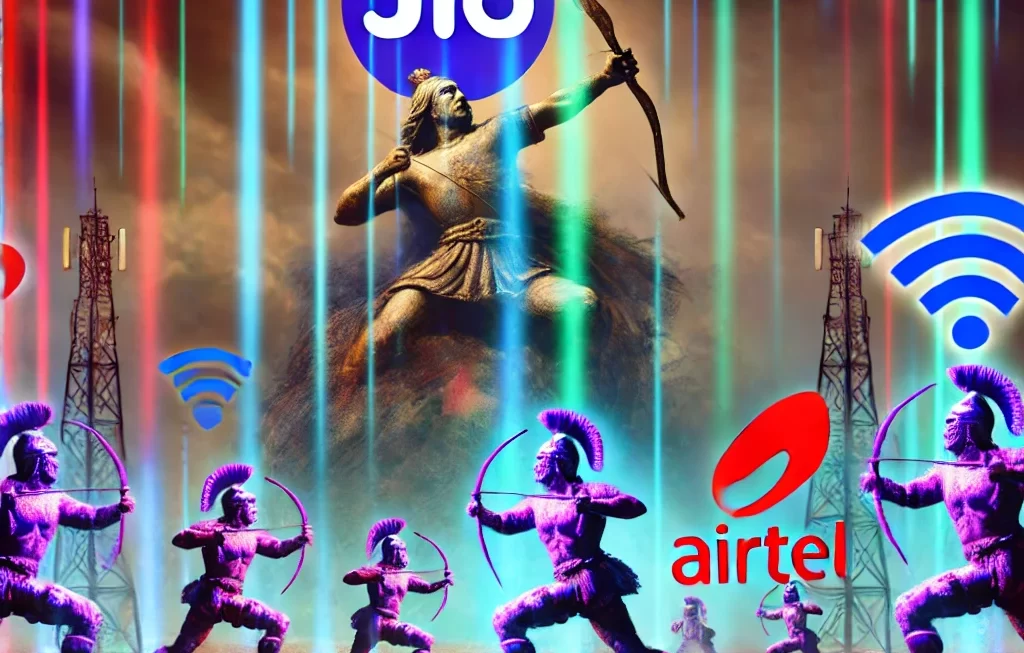In the dynamic landscape of Indian telecommunications, a recent strategic alliance between Tata Group and Bharat Sanchar Nigam Limited (BSNL) has sparked a significant discourse. As these two historic giants unite to contest the dominance of market leaders such as Reliance Jio and Bharti Airtel, it is imperative to delve into their past ventures to gauge the potential impact of this collaboration.
Historical Overview and Previous Ventures
Tata Group’s foray into the telecom sector has been marked by several noteworthy initiatives and challenges. Tata Indicom, launched as a CDMA service provider, initially showed promise but gradually faded from prominence due to the overwhelming shift towards GSM technology and other competitive factors. The evolution continued with the introduction of Tata DoCoMo, a joint venture with Japan’s NTT DoCoMo. This endeavor brought fresh innovations such as per-second billing and unlimited music downloads, yet it struggled to sustain in the fiercely competitive market. Challenges such as inconsistent service quality, limited network reach, and customer support issues eventually led to its diminished presence.
Similarly, BSNL, a state-owned entity once synonymous with telecommunications in India, has faced its trials. Despite a vast infrastructure and early market penetration, BSNL has grappled with issues like outdated technology, bureaucratic delays, and a lack of customer-centric innovations, which have eroded its market share and brand appeal.
Assessing the Collaboration: Potential Strengths and Challenges
The partnership between Tata and BSNL is being viewed with both skepticism and optimism. Skeptics recall the historical inefficiencies of both entities—poor service quality, lagging technological adoption, and subpar customer support. They argue that merging two underperforming entities does not automatically lead to a successful turnaround, especially in a market driven by rapid technological advancements and high customer expectations.
On the optimistic front, this collaboration has the potential to leverage mutual strengths: Tata’s innovation-driven approach and BSNL’s extensive rural network coverage. This synergy could address infrastructural gaps and innovate service delivery, particularly in underserved areas, thereby fostering greater inclusivity in digital access.
Strategic Implications for the Telecom Sector
The alliance aims to challenge the duopoly of Jio and Airtel, whose formidable market presence is backed by extensive financial resources and advanced technological infrastructure. Breaking this duopoly is critical for ensuring competitive pricing, preventing market monopolization, and fostering innovation. The Tata-BSNL collaboration could inject healthy competition, encouraging all players to enhance service quality and customer satisfaction.
Conclusion: Cautious Optimism and Forward-Looking Strategies
As the Tata-BSNL venture unfolds, it is crucial for stakeholders to adopt a cautiously optimistic outlook. Learning from past missteps, both organizations need to focus on robust technological upgrades, customer-centric services, and agile management practices. The success of this collaboration will not solely depend on historical legacies but on how effectively the two can adapt to the fast-evolving demands of the Indian telecom market.
In conclusion, while history provides important lessons, it is the strategic responses to past challenges and the proactive embrace of future opportunities that will define the trajectory of Tata and BSNL’s joint venture in the competitive arena of Indian telecommunications.




